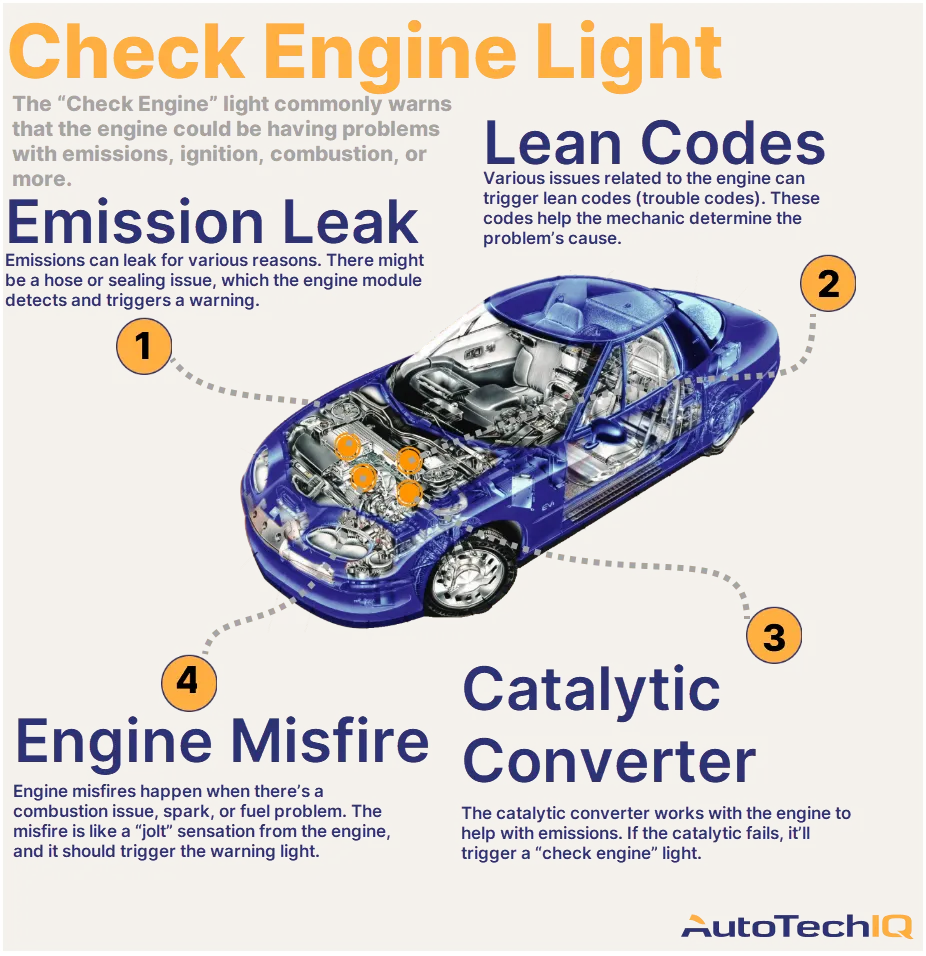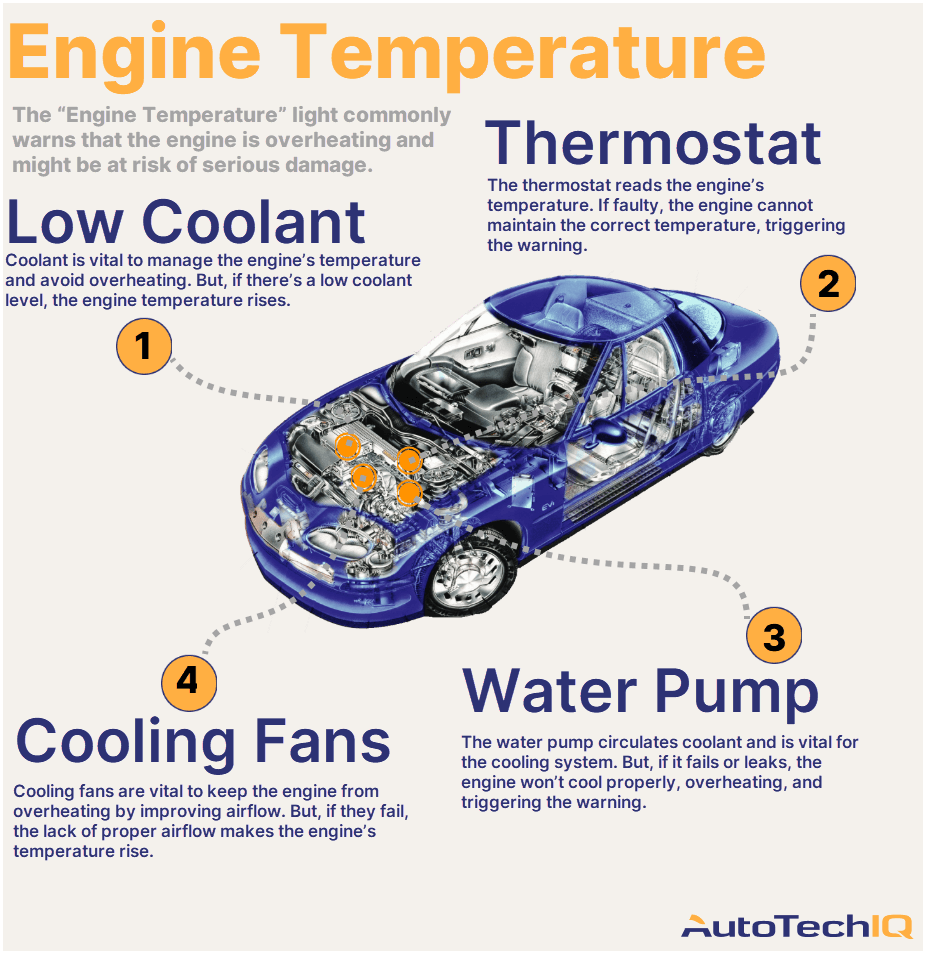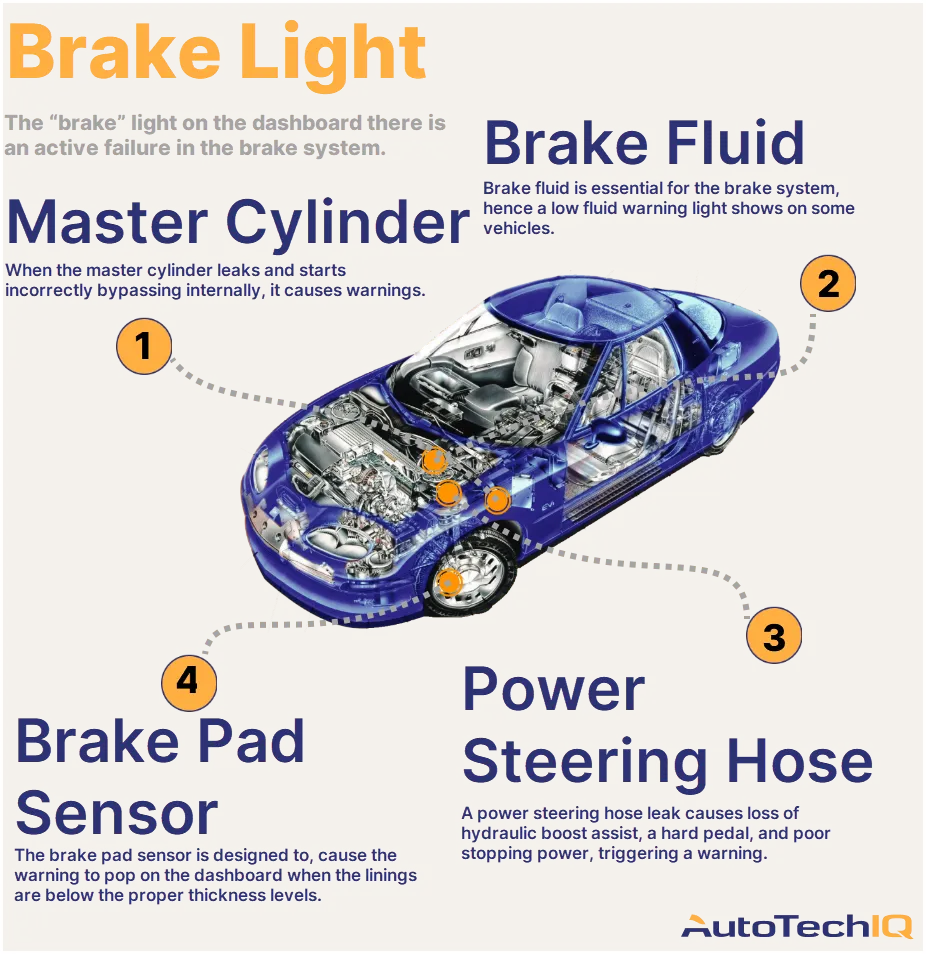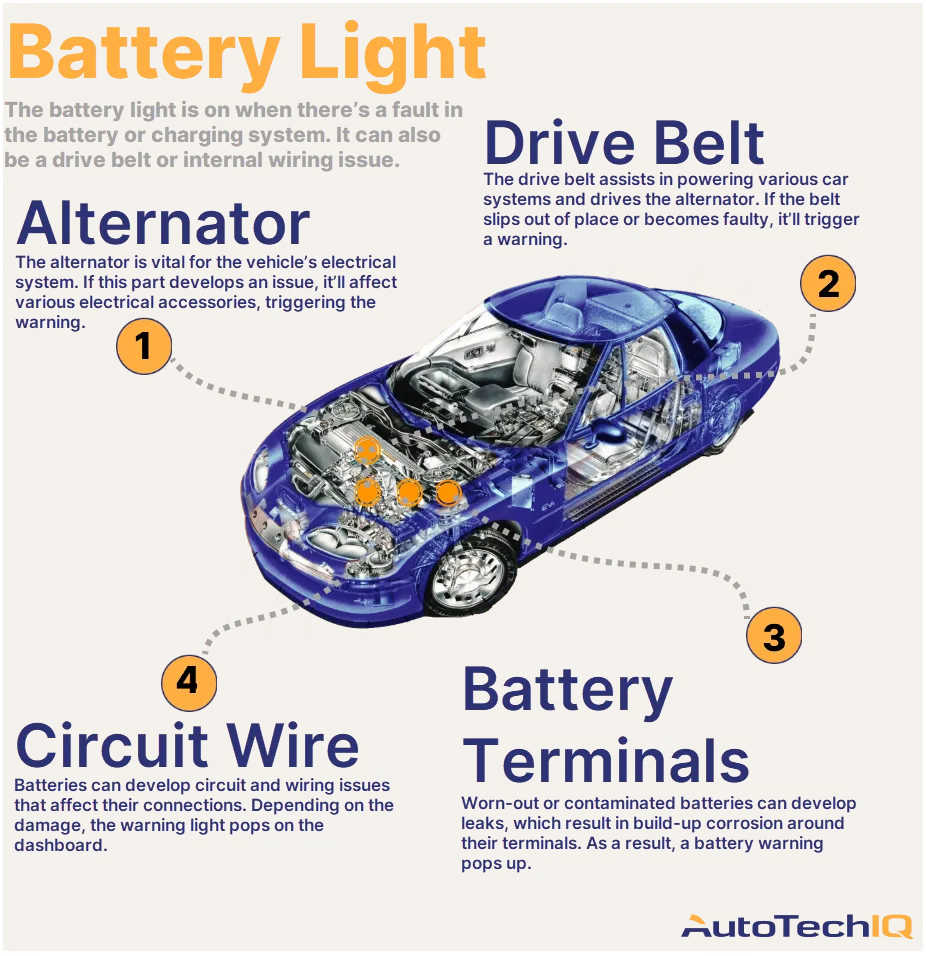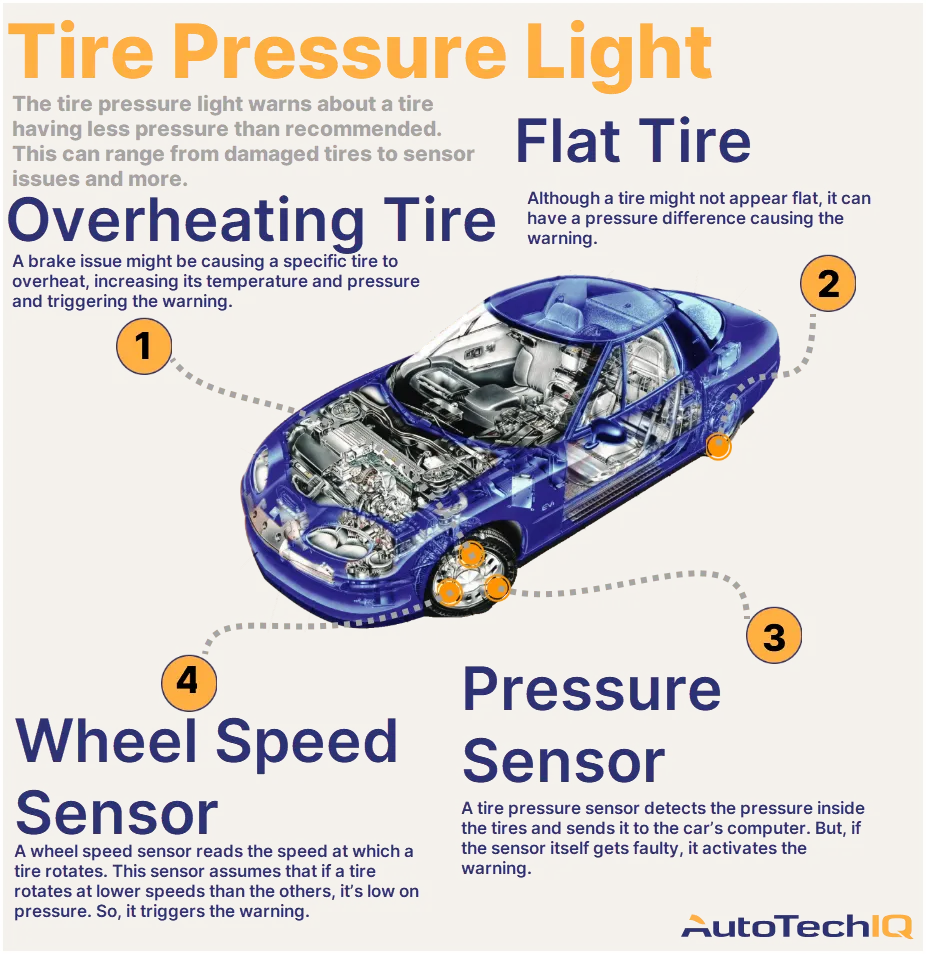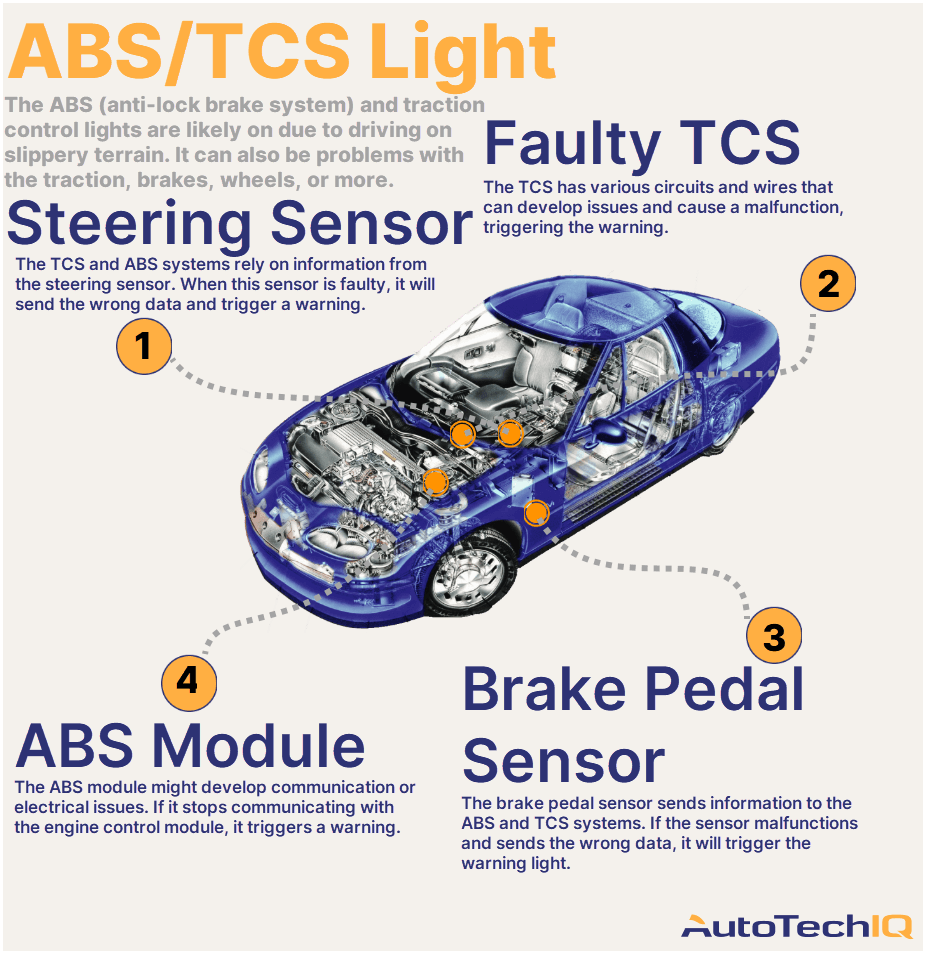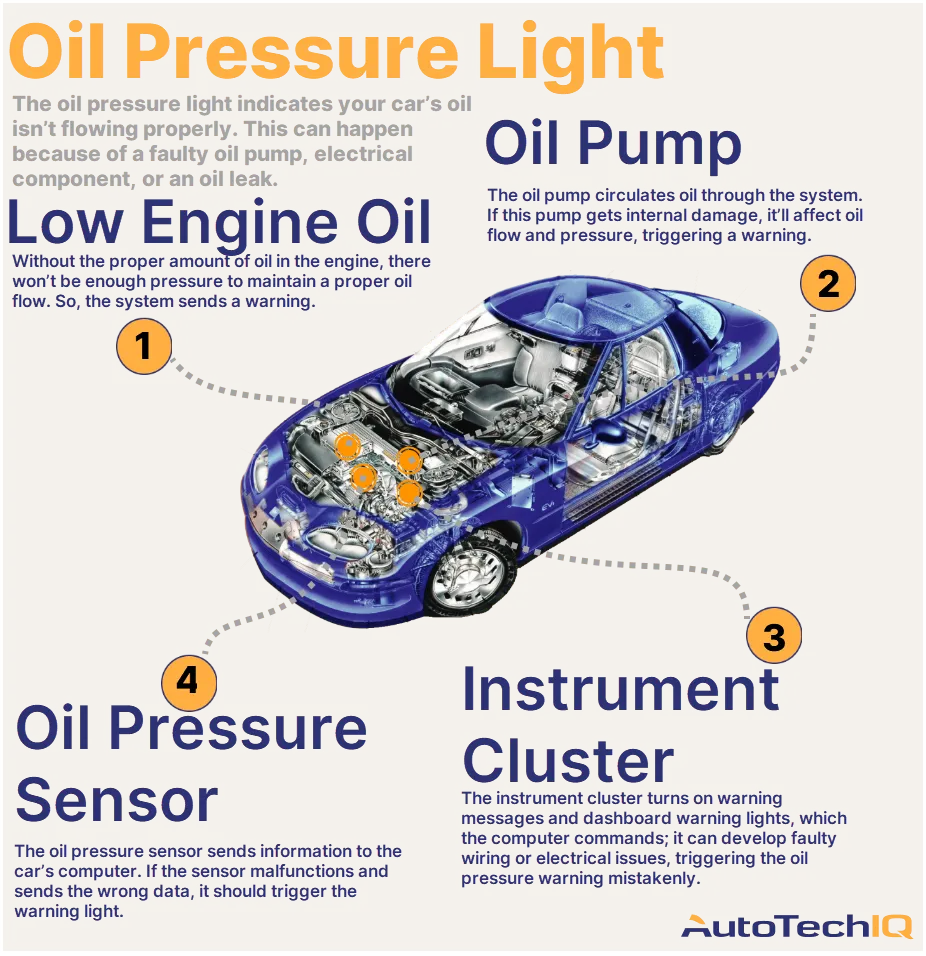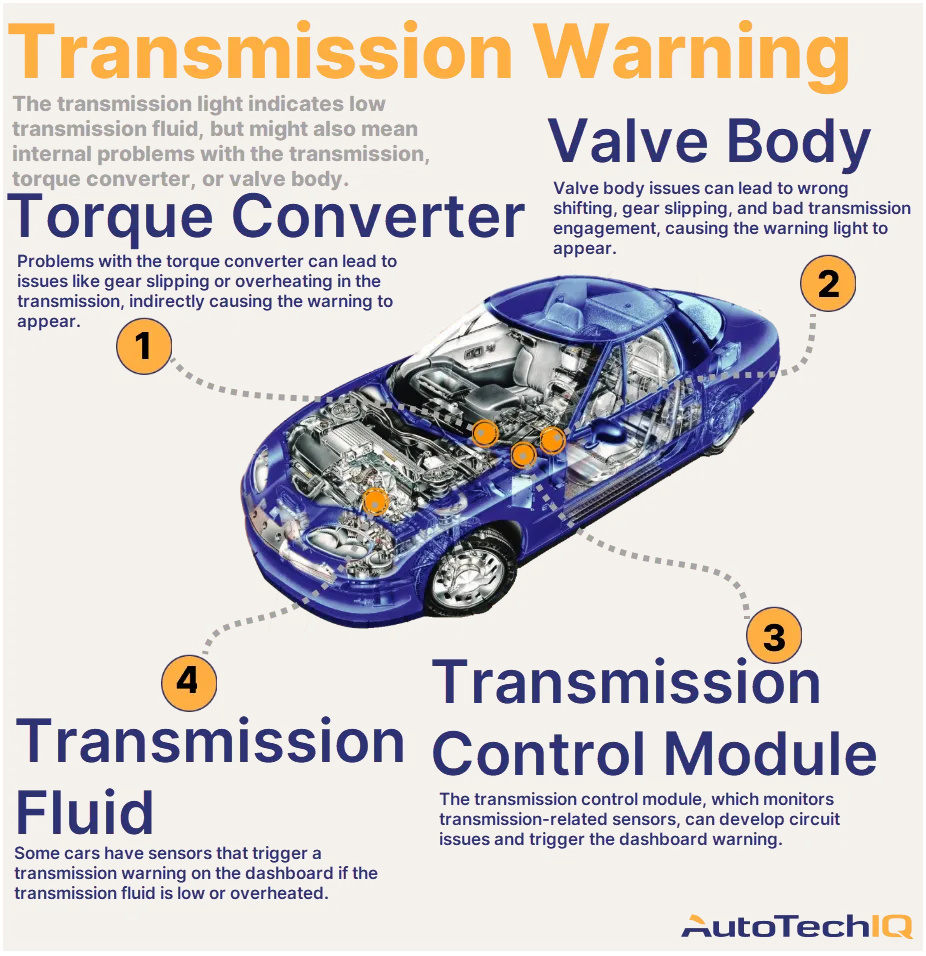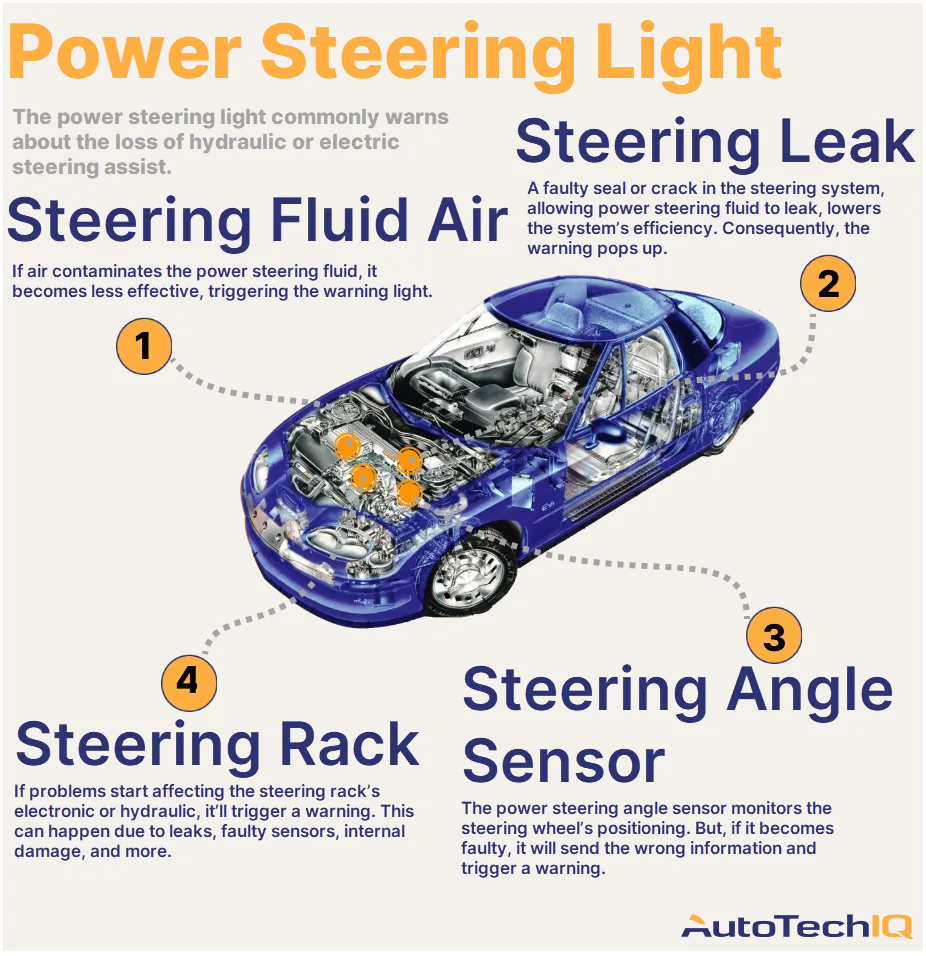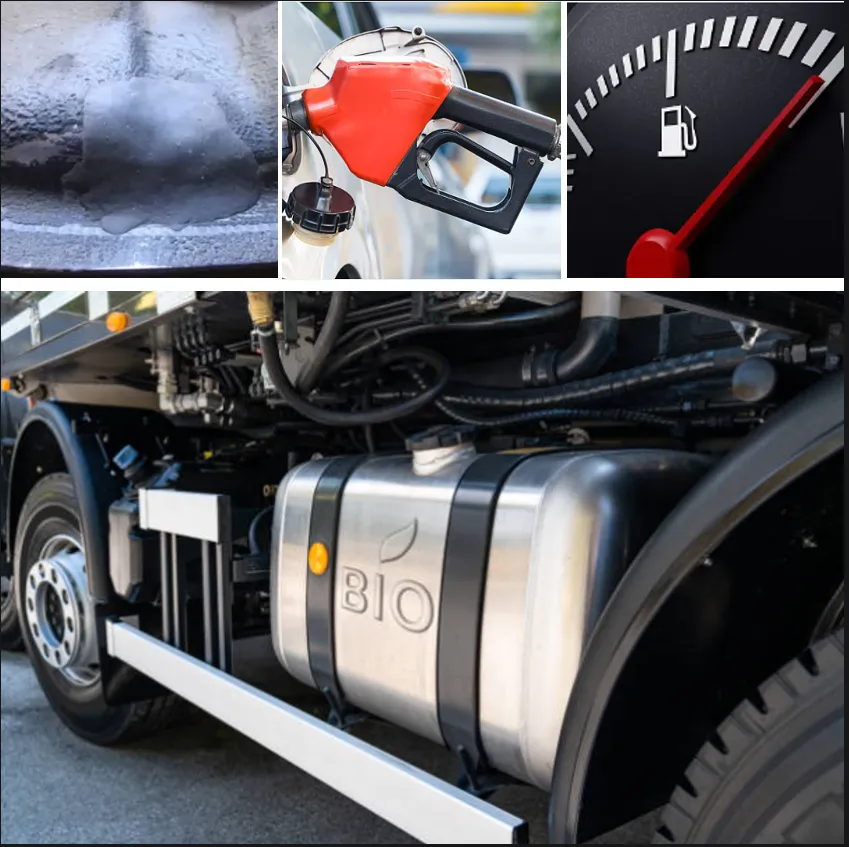
The fuel tank is a part of the car and a component of the fuel system, designed for storing and transporting fuel. It is usually made of steel, aluminum, or plastic. The driver refuels the tank through the filler neck at the gas station. The location of the tank generally depends on the car model. Main symptoms that should not be ignored for safety reasons include the smell of fuel inside and around the car, the presence of leaks or fuel stains under the car, and particularly if you notice through the fuel level gauge that the amount of fuel is decreasing while the engine is off.
If you notice any of these symptoms, you should go to a car repair shop for further inspection and diagnosis of the vehicle's fuel system. Ignoring these issues can pose a threat to your safety and lead to fire or other dangerous consequences. A repair specialist will be able to assess the condition of the fuel tank and provide effective and, most importantly, safe repair of your car.
Common defects of the fuel tank include corrosion and rust, which can develop due to prolonged use of the vehicle, especially under harsh conditions; dents; punctures; and tears incurred from running into obstacles or other objects on the road. Depending on the extent of the defects and the recommendations of a professional mechanic, the fuel tank may be subject to repair or replacement.
It is very important to understand that repairing a fuel tank using welding or a grinder to cut metal involves safety measures, as the presence of fuel vapors can trigger an explosion of the gas mixture and lead to undesirable consequences for both your health and financial losses. It is very difficult to completely eliminate fuel vapors when rinsing the fuel tank, so for safety reasons the tank is steamed (blown out with steam) for several hours or pressurized with carbon dioxide or argon. Also, for minor repairs like patching, it is sometimes possible to simply fill the fuel tank with water. If small defects are detected on the road, you can temporarily perform the repair yourself. If there are punctures or small holes, you can apply a fabric patch with adhesive, or paint, you can use cold welding, or use a self-tapping screw with a rubber plug by simply screwing it into the hole. All these actions are strictly temporary and we recommend using them only to continue driving to an auto repair shop.
When replacing the fuel tank, keep in mind that fuel tanks for cars can vary in manufacturing materials:
- Metal, usually steel. The advantage is strength and resistance to mechanical damage, and they are repairable. The disadvantages are that they are susceptible to corrosion and rust, especially in harsh climatic conditions.
- Plastic, usually high-density polyethylene. Many modern cars have plastic tanks. Advantages include light weight, corrosion resistance, and being more affordable, but they are less repairable.
- Aluminum tanks - the advantages are lightweight and corrosion-resistant. The disadvantages are that they are susceptible to mechanical impact and are expensive.
The choice of fuel tank depends on your budget, climatic conditions of operation, and safety requirements. Modern materials and fuel tank designs provide a longer service life and reliable protection against fuel leaks. Maintaining the tank in good condition and its proper servicing impact the prevention of problems related to the repair of the fuel tank.


